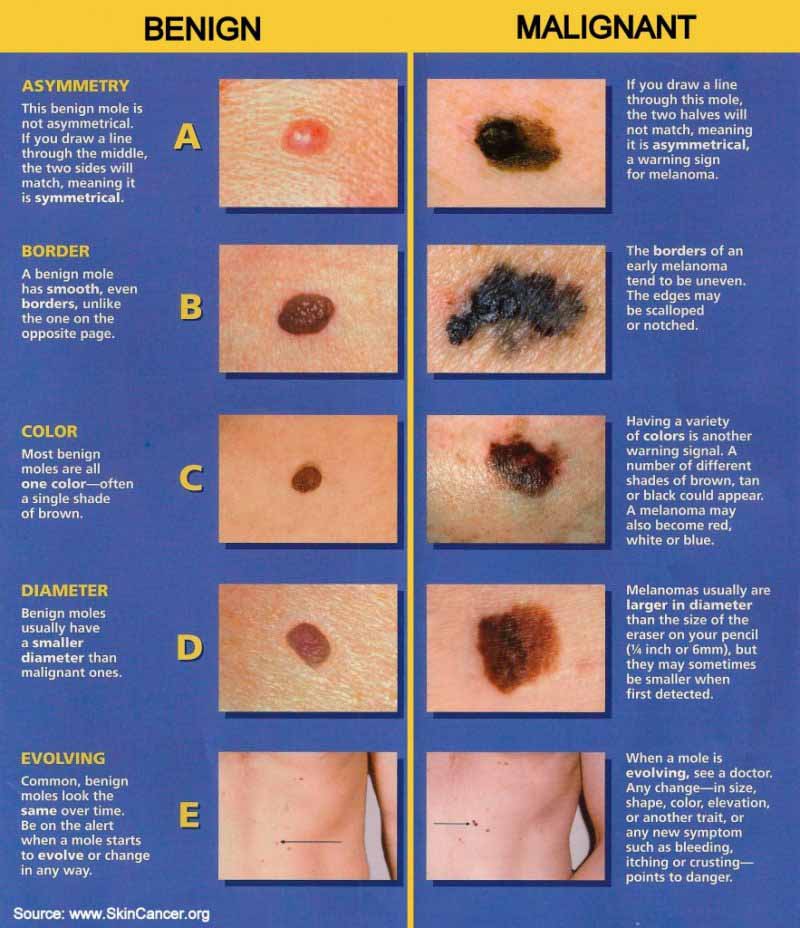Neck Dissection
at NW Face Medical
Cancers of the head and neck can occur in many different subsites, such as the skin, the oral cavity, the nasal cavity, the salivary glands, the pharynx, the larynx, and the endocrine glands. One characteristic of certain head and neck tumors is the propensity to spread to the lymph nodes of the neck. This spread typically manifests itself as swollen or enlarged lymph nodes, either on physical exam or on diagnostic imaging.
Spread of head and neck cancer to neck lymph nodes is associated with worsening outcomes, and when this spread is noted, treatment of the neck is required. This treatment consists of surgical removal of the lymph nodes (neck dissection), radiation therapy, or a combination of both. Treatment of the neck is sometimes indicated even when there is no evidence of cancer spreading in the neck, such as when dealing with tumors that have a high propensity for occult, or hidden, spread to the lymphatics.
Neck Dissection Procedure
This procedure is performed under general anesthesia administered by our MD Anesthesiologist and takes approximately two to three hours. This surgery is done either alone or in conjunction with surgical removal of the primary tumor. An incision is made along the side neck, typically in a natural skin crease to minimize the appearance of any scar after surgery.
The size, length, and placement of the incision are also dependent on the area of neck lymph nodes that need to be removed. The lymph nodes and surrounding fatty tissue are carefully dissected away from surrounding important structures and removed in continuity and sent for pathological analysis. Once the lymph nodes are removed, the deeper layers of the wound are sutured closed and the skin is then sutured or stapled closed. Occasionally a small drain is placed in the wound- this drain is typically removed in one to two days after surgery.
After Neck Dissection Surgery
After spending several hours in the recovery area, you will be discharged home. Pain associated with the procedure is typically mild. Most patients often state the worst sensation after surgery is a sore throat, which is caused by the breathing tube placed in the airway during surgery. This sensation usually resolves after several days. If a drain has been placed during surgery, you will return to the office the next day to have it removed. Approximately one week after surgery, the skin sutures or staples are removed. Depending on the type of primary tumor removed or the pathological analysis of the removed lymph nodes, post-operative radiation therapy may be needed as well.
Risks of Neck Dissection Surgery
There are several risks associated with neck dissection. Intraoperative bleeding is usually mild; however, in cases where affected lymph nodes are very closely entwined with the major blood vessels of the neck, heavy bleeding can occur. On rare occasion, a blood transfusion may be necessary to counteract intraoperative blood loss. Several important nerves are found in the neck around the lymph nodes, and depending on the area of the neck to be operated, these nerves can be at risk for damage. The primary nerves of concern are- 1. the vagus nerve, which controls vocal fold movement on that side of the neck, 2. the hypoglossal nerve, which controls tongue movement on that side of the head, 3. the spinal accessory nerve, which aids in shoulder elevation, 4. the lingual nerve, which is responsible for tongue sensation on that side of the head, and 5. the marginal branch of the facial nerve, which controls movement of the corner of the lower lip. Damage to the vagus, hypoglossal, and lingual nerves is very rare (less than 1% rate of occurrence), and any weakness resulting from damage is usually temporary.* In cases of permanent damage, future adjunctive procedures to correct function deficits may be required. The risk of facial nerve injury leading to permanent paralysis of the lower lip is less than 1-2%.* Permanent weakness or paralysis may require further adjunctive procedures.
Some temporary weakness of the lower can occur after surgery due to manipulation of the nerve while dissecting the tumor away from it. This weakness typically resolves over the span of a few weeks. Damage of the spinal accessory nerve can cause weakness on shoulder elevation and shoulder pain.Sometimes the extent of tumor spread necessitates removal of this nerve. If permanent injury occurs to this nerve, post-operative physical therapy may be required. Another risk of surgery is numbness to the earlobe and part of the skin around the ear and neck. This occurs because some of the sensory nerves to this area must be cut to gain access to the neck. This numbness typically resolves after a few months, but occasionally can be permanent. The risk of bleeding after surgery is very low, typically less than 1 percent. If any sudden swelling associated with pain or difficulty breathing is noted, immediate evaluation is required. This risk is minimized by the avoidance of any heavy lifting, strenuous activity, straining, or the use of blood-thinning products such as aspirin or NSAIDS for two weeks after surgery. Another risk of neck dissection is chyle leakage. Chyle is lymphatic fluid produced in the body. During the neck dissection, the duct carrying the chyle may have to be cut Tumor recurrence, particularly with more aggressive primary tumors, is a possible complication that may necessitate further surgery in the future. Infection after surgery is a rare complication and is managed by oral antibiotics. Scarring from the surgery is very minimal; often the scar is so well hidden in skin creases that they are virtually unnoticeable. If you have prior history of keloids or hypertrophic scars, however, you may be at risk for larger-than-normal scar formation.
ENT Services
Book Appointment
Contact Us
- Address 3105 Carillon Point Kirkland, WA 98033
- Email [email protected]
- Phone (425) 522-0555

